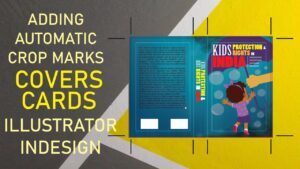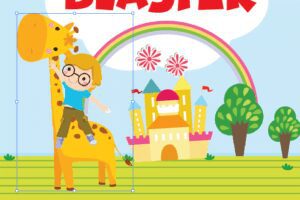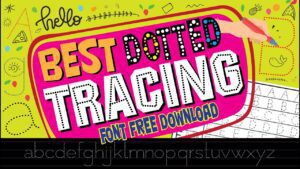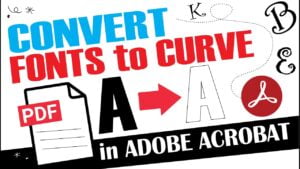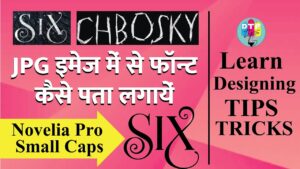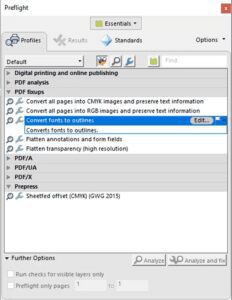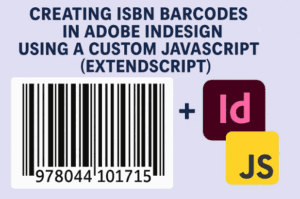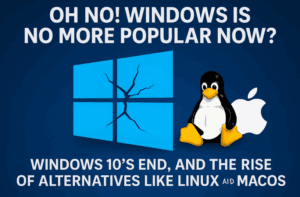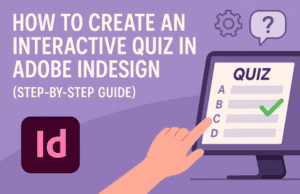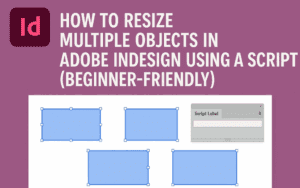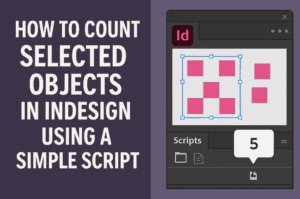Hello friends, welcome to Desktop Publishing Tips. Today, I am excited to share a fantastic topic with you: how to layout MCQ questions in InDesign and how to add characters for OMR sheets. I’ll provide a detailed walkthrough of each step, from setting up your document to finalizing your question paper with proper formatting. Let’s get started. For those looking for a detailed video on how to create the MCQ Question paper can go trhough the video given here. Also, there is a link given after the video to download the files used in this video tutorial.
Download the files used in this tutorial
Step-by-Step Guide
1. Setting Up Your Document
First, create a new document in InDesign. For a typical question paper, we use the letter size (8.5×11 inches). Set the bleed to 3mm to ensure no important content is cut off during printing.
2. Importing Questions
Copy your questions from a Word file. You can do this by creating a text frame in InDesign and pasting the copied content into it. If the text doesn’t fit into one page, use the “+” symbol to create additional pages and continue pasting your content.
3. Formatting the Questions
Use the “Find and Replace” feature to clean up any unwanted formatting like double dots or stars. This ensures your document looks neat and professional.
- Find and Replace for Stars: Copy the star character and paste it into the “Find What” field. Leave the “Change To” field blank to remove all stars.
- Hidden Characters: Enable hidden characters to see non-printing characters like spaces and paragraph marks. This helps in precisely adjusting the formatting.
4. Adjusting Paragraph Styles
Creating and applying paragraph styles is crucial for consistent formatting.
- Creating a New Paragraph Style: Go to Paragraph Styles, create a new style, and name it appropriately (e.g., “Question Style”).
- Setting Font and Size: Depending on the level of your exam, choose an appropriate font size. For senior levels, 12-13pt is suitable, whereas for lower levels, you might go up to 18pt.
- Bold Formatting: If the font supports bold, apply it to make questions stand out. If not, choose a similar bold font.
- Paragraph Spacing: Adjust the spacing before and after paragraphs to create a clear distinction between questions.
5. Applying Styles
Select the text you want to format, then apply the created paragraph style by selecting it from the Paragraph Styles panel. Use keyboard shortcuts (e.g., Ctrl+1 for “Question Style”) to speed up the process.
6. Numbering Questions
For numbered questions, use the Bullets and Numbering feature.
- Start at One: Ensure the first question starts at 1. If numbering continues incorrectly, create a new paragraph style for subsequent questions with the “Continue from Previous Number” option.
7. Splitting Columns
If your options need to be in two columns, use the “Span Columns” feature.
- Span Columns: Select your text, go to the Paragraph panel, and choose “Split Columns.” Set it to two columns to divide the options into two parts.
8. Handling Answers and Adjustments
Ensure that the answers are properly aligned and formatted. If necessary, manually adjust the text to maintain uniformity and clarity.
Additional Tips
- Hidden Characters: Keep hidden characters enabled to avoid unnecessary spaces and ensure precise formatting.
- Shortcuts: Use keyboard shortcuts for applying paragraph styles to streamline your workflow.
- Document Cleanup: Regularly clean up the document using the “Find and Replace” feature to maintain consistency.
By following these steps, you can create a well-formatted and professional-looking MCQ question paper using InDesign. For any further questions or detailed explanations, feel free to leave a comment. Don’t forget to subscribe to my channel and hit the notification bell to stay updated with more tips and tutorials.
Happy Designing!
MCQ #QuestionPaper #InDesign #DesktopPublishing #Formatting #ParagraphStyles #TextFrames #DocumentSetup #Printing #Typography #EducationalMaterials #ExamPreparation #HiddenCharacters #Numbering #SplitColumns #ProfessionalLayout #EducationalDesign

